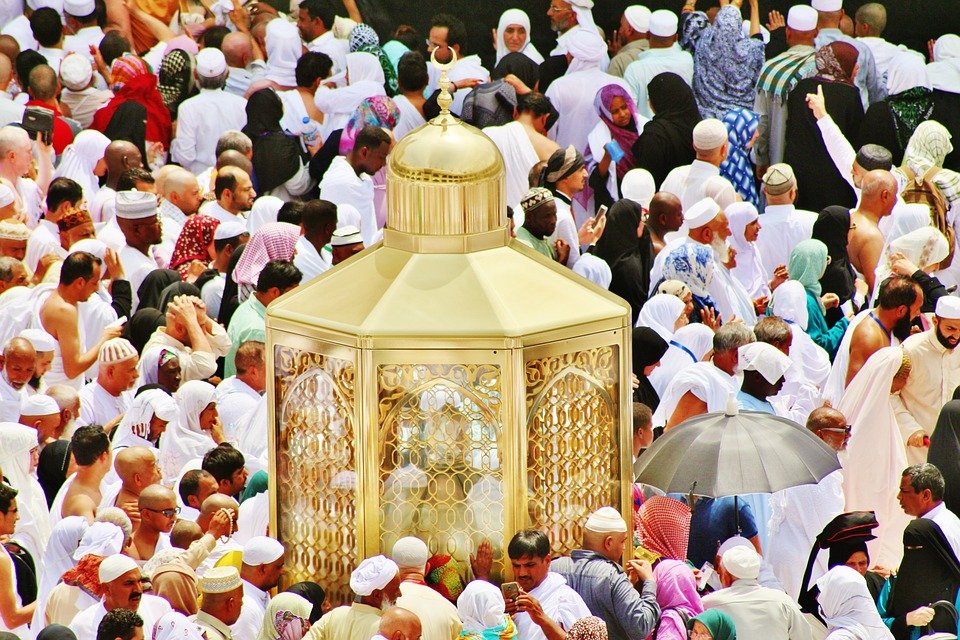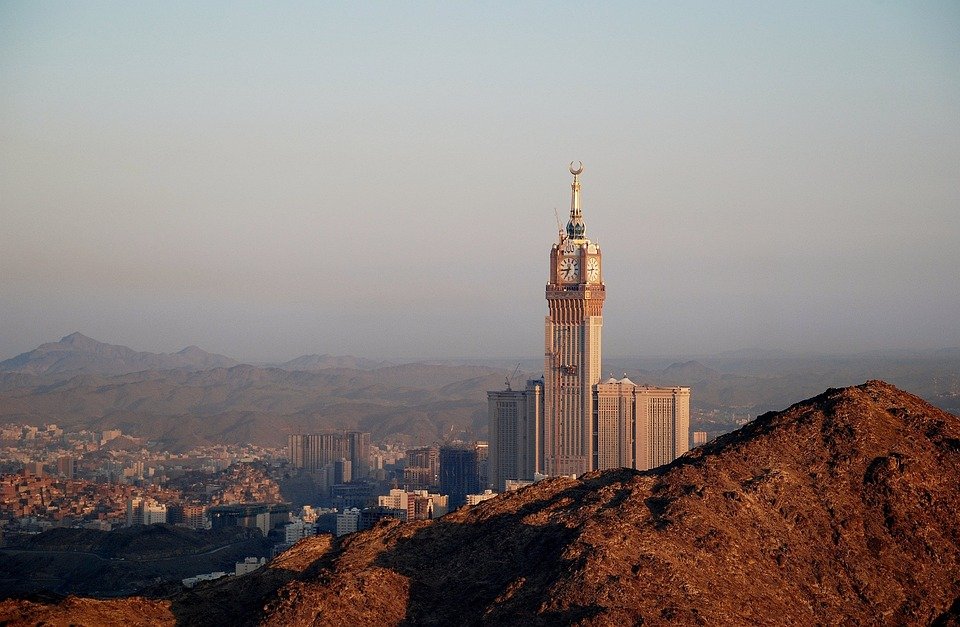You are here to read: Hajj Activities: What Activities Does the Hajj Entail? – A Thoughtfully Written Guide Offering Spiritual Wisdom and Travel Advice for Every Pilgrim who is going on holy journey of Hajj or Umrah.
Hajj is one of the most significant events in the Islamic calendar, and understanding what activities the Hajj entails is essential for every Muslim preparing for this spiritual journey. In this article, we will guide you through the various rituals and practices that make up this sacred pilgrimage. From the moment pilgrims arrive in Makkah to the final days spent in Mina, each activity has deep-rooted meanings and practices that connect believers to their faith. You will find a comprehensive guide here on what activities does the Hajj entail, ensuring you are well-informed before taking this monumental step.
The significance of these rituals cannot be overstated. They embody devotion, unity, and a deep connection with the essence of Islam. I firmly believe that understanding what activities does the Hajj entail enriches the experience greatly. With over nine years of expertise in providing information about Hajj activities, Airlinkhajjandumrah.com is here to help you grasp the importance of each step during this remarkable pilgrimage. I feel confident that our experience in Makkah and Madinah travel since 2016 will provide you with valuable insights that will enhance your spiritual experience during Hajj.
Hajj Activities: What Activities Does the Hajj Entail?
The Significance of Hajj
Hajj stands as one of the five pillars of Islam, embodying a spiritual journey for millions. This pilgrimage occurs annually in the holy city of Makkah, drawing Muslims from all around the globe. Each person who undertakes Hajj does so with sincerity, striving for forgiveness and a deepening of their faith. I believe this journey is more than just an obligation; it is a time for reflection and renewal. The experience transforms lives, fostering a profound sense of community among pilgrims.
The collective atmosphere during Hajj captivates everyone involved. As participants don simple white garments, they symbolize equality and humility before Allah. This act encourages individuals to focus solely on their relationship with God, setting aside worldly distractions. The unity seen here, where individuals of all backgrounds come together, is heartwarming. We witness a beautiful tapestry of humanity, united in faith and purpose during these sacred days.
The First Day: Arrival at Makkah
When pilgrims arrive in Makkah, excitement fills the air. Many feel a sense of anticipation as they approach the Kaaba, the cube-shaped building that holds immense significance. Pilgrims will first perform the Tawaf, circling the Kaaba seven times in a counterclockwise direction. This ritual symbolizes the oneness of believers, placing their hearts around one focal point—Allah. I think it’s a moment that leaves many in awe, feeling a deep connection to their faith.
After the Tawaf, pilgrims engage in the Sa’i. This involves walking seven times back and forth between the hills of Safa and Marwah. I feel that this act serves as a reminder of Hagar’s search for water for her son, Isma’il. Each step on this sacred journey evokes a sense of struggle and trust in divine support. It’s a chance for everyone to reflect on their own challenges and the importance of perseverance.
Standing at Arafat: A Day of Reflection
One of the most significant days of Hajj is the Day of Arafah. Pilgrims gather at the plain of Arafat, seeking forgiveness and mercy from Allah. It’s a day full of supplication and self-reflection. I think this day captures the essence of Hajj—every individual stands before their Creator, seeking answers and healing. The atmosphere is silent yet powerful, filled with prayers and deep introspection.
You're at the middle of this awesome post at AirlinkHajjandUmrah.com through: Hajj Activities: What Activities Does the Hajj Entail?. Keep reading, it gets better!
This day holds immense spiritual weight, as it is believed to be a time when Allah bestows His mercy upon humanity. From the sun rising until it sets, pilgrims engage in prayer and meditation, hoping to gain insight and serenity. The communal spirit is palpable, as people all around share in the act of devotion. We witness an overwhelming feeling of connection during this pivotal moment, where everyone desires nothing but peace and understanding.
Muzdalifah: A Night Under the Stars
Following the intense day at Arafat, pilgrims head to Muzdalifah, a site of rest and reflection. Here, they spend the night under the open sky, gathering pebbles for the next day’s ritual. I feel that this experience fosters a sense of humility, as pilgrims rest in a simple manner, away from their comfortable homes. The tranquility of Muzdalifah contrasts sharply with the hustle of daily life.
As night falls, the stars twinkle brightly above, creating an atmosphere steeped in contemplation. This allows pilgrims to reflect on their individual journeys and the purpose of their pilgrimage. The act of gathering pebbles also symbolizes preparation for the significant acts of devotion ahead. It’s a time to breathe, rest, and mentally prepare for what’s to come.
The Symbolic Stoning of the Devil
One of the most striking activities during Hajj is the symbolic stoning of the devil. This occurs at a site called Jamrat, where pilgrims throw stones at three pillars that represent the temptations of Satan. I think this act is powerful, as it signifies the rejection of negative influences in one’s life. It encourages everyone to strive for righteousness and remain steadfast in their faith.
Each stone thrown carries a message, symbolizing the desire to overcome personal struggles. I believe that this ritual is not only about the physical act but also about the internal challenges that each pilgrim faces. As individuals cast stones, they let go of distractions and reaffirm their commitments to leading a more virtuous life. In this way, the stoning ritual serves as a powerful metaphor for personal resilience and spiritual growth.
Celebrating Eid al-Adha
Eid al-Adha, also known as the Festival of Sacrifice, happens shortly after the stoning ritual. Pilgrims participate in the Qurbani, the sacrifice of an animal, as an act of devotion and gratitude. This practice commemorates the willingness of Prophet Ibrahim to sacrifice his son in obedience to Allah. I feel that the essence of this sacrifice goes beyond just the act itself; it emphasizes loyalty, gratitude, and compassion.
Following the sacrifice, pilgrims share the meat with those in need, fostering a spirit of community and generosity. I believe that this sharing reinforces the importance of empathy, urging us to remember those less fortunate. It’s a celebration of unity, gratitude, and love, reflecting the core values of Islam. Through these acts, we embody the teachings of our faith, creating bonds that extend beyond the pilgrimage.
Returning Home with New Insights
After completing the Hajj activities, pilgrims return home imbued with new wisdom and a renewed sense of purpose. The experience often leaves an indelible mark on their hearts. I think that many return feeling lighter, spiritually enriched by their journey. This newfound enlightenment can inspire changes in daily life, prompting individuals to embrace kindness and compassion.
It’s essential to carry the lessons learned during Hajj into everyday experiences. The values of patience, humility, and reflection can transform how we interact with others. The collective memory of this pilgrimage serves as a guiding light, reminding us of our connection to each other and our responsibilities within our communities. We may face challenges, but the spirit of Hajj encourages us to persevere with faith and dedication.
That wraps up Hajj Activities: What Activities Does the Hajj Entail?. Thanks for sticking with us till here! Share this: Hajj Activities: What Activities Does the Hajj Entail? with your friends.
Check our homepage at Air Link Hajj & Umrah for more awesome updates.
Some interesting posts are: 1: Umrah Mubarak, 2: When is Umrah closed 2026?, 3: When does Umrah start after Hajj 2026?
Mushu, an experienced Saudi Arabia traveler and writer, shares insightful tips and spiritual reflections to enhance Hajj and Umrah journeys for fellow pilgrims. He has been to Makkah and Madina from 2016 to 2023 many times and his posts will reflect this.







